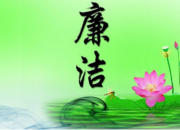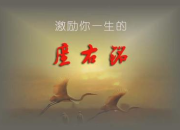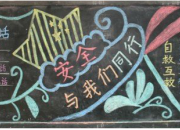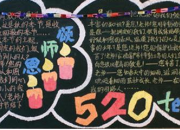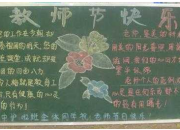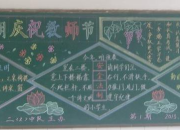介绍西安的英语优秀作文
时间:2021-08-31西安,古称“长安”、“镐京”,陕西省省会,国家历史文化名城,2008年经国务院批复,被定位为国家重要的科研、教育和工业基地,我国西部地区重要的中心城市。介绍西安的英语优秀作文,我们来看看。
介绍西安的英语优秀作文一
Once known as Chang'an, Xi'an is the political, economic, cultural and transportation center of Shaanxi Province, with its jurisdiction over five counties including Chang'an County. Located in the middle of the Central Plains of the Yellow River Basin, Xi'an stands between Qinling Mountain to the north and the Weihe River to the south. It is an important birthplace of the Chinese nationality as well as one of the places of human origin and prehistoric cultural centers in Asia. Its long history and rich cultural heritage has covered the old city with a mysterious veil.
As a world-famous ancient capital, Xi'an has been designated as the capital of 13 ancient Chinese dynasties such as the Western Zhou, Qin, Xihan, Xinmang, Eastern Han, Western Jin, Former Zhao, pre-Qin, post-Qin, Western Wei, Northern Zhou, Sui and Tang dynasties. Many important historical events took place here, such as the Red Eyebrow Peasant Rebellion at the end of the Western Han Dynasty (206BC-8AD), the Huangchao Peasant Rebellion at the end of the Tang Dynasty (618-907) and Li Zicheng Peasant Rebellion at the end of the Ming Dynasty (1368-1644) all once established temporary political powers in Xi'an. it also witnessed the famous Xi'an Incident in modern history. All these have left with Xi'an a lot of cultural relics. In Xi'an there are altogether 314 key cultural relics sites under protection, of which 84 belong to state or provincial level. Unearthed cultural relics reach 120,000, many of which are rare treasures in the world,
including the Stele Forest, the two Wild Goose Pagodas, the Clock Tower, the remains of Banpo Village and the city wall of the Ming Dynasty. In addition, there are ancient sites such as Han City, Tang City, Efang Palace, Weiyang Palace and Daming Palace, as well as the Huaqing Pond and pits of Qin Emperor Shihuang's Terra-Cotta Soldiers and Horses. Xi'an is a great place of revolution, and the Site of the Office of the Eighth Route Army can clearly demonstrate this. Located in Xi'an are also a number of universities and research institutions, including Xi'an Jiaotong University, Northwest University and Northwest Polytechnical University.
Xi'an is the biggest processing industrial base and the largest trade center in the central and western part of North China, as well as the starting point of the Silk Road. The Silk Road has become a wide road connecting China and other countries. It is a road to civilization, friendship, trade and cultural tourism.
Xi'an (Chinese: 西安), is the capital of the Shanxi province in the People's Republic of China . As one of the oldest cities in Chinese history, Xi'an is one of the Four Great Ancient Capitals of China because it has been the capital of some of the most important dynasties in Chinese history,including the Zhou, Qin, Han, the Sui, and Tang dynasties. Xi'an is the eastern end of the Silk Road . The city has more than 3,100 years of history, and was known as Chang'an (traditional Chinese: 长安).
Long holidays are usual during Spring Festival, Labor Holiday (1-7 May), and National Holiday (1-7 October). The number of travellers is often greater during Summer (May-August), although the most pleasant season for visiting Xi'an is Autumn.
Xi'an (Chinese: 西安), is the capital of the Shanxi province in the People's Republic of China . As one of the oldest cities in Chinese history, Xi'an is one of the Four Great Ancient Capitals of China because it has been the capital of some of the most important dynasties in Chinese history,including the Zhou, Qin, Han, the Sui, and Tang dynasties. Xi'an is the eastern end of the Silk Road . The city has more than 3,100 years of history, and was known as Chang'an (traditional Chinese: 长安).
Long holidays are usual during Spring Festival, Labor Holiday (1-7 May), and National Holiday (1-7 October). The number of travellers is often greater during Summer (May-August), although the most pleasant season for visiting Xi'an is Autumn.

